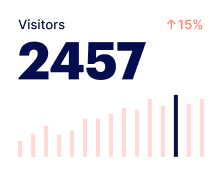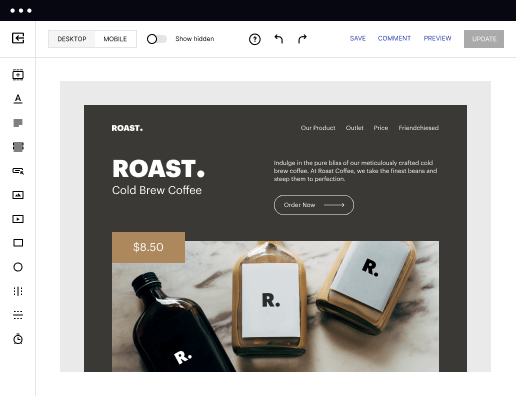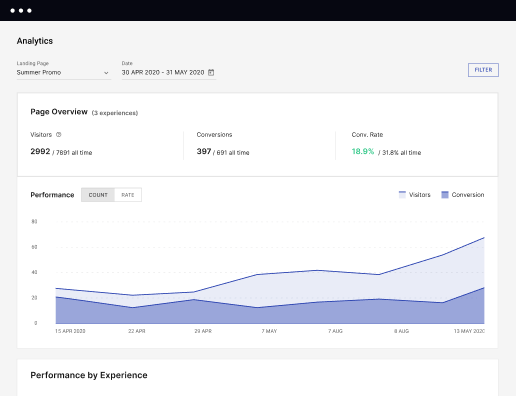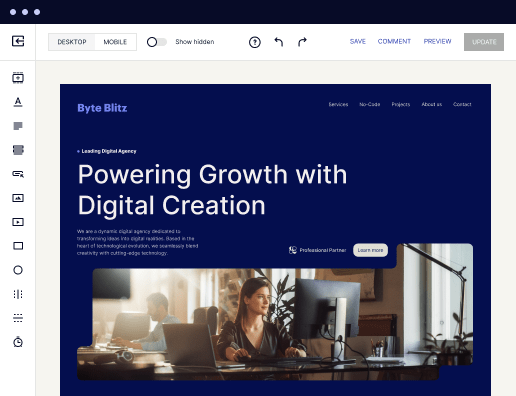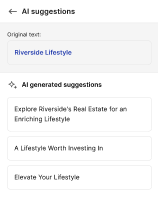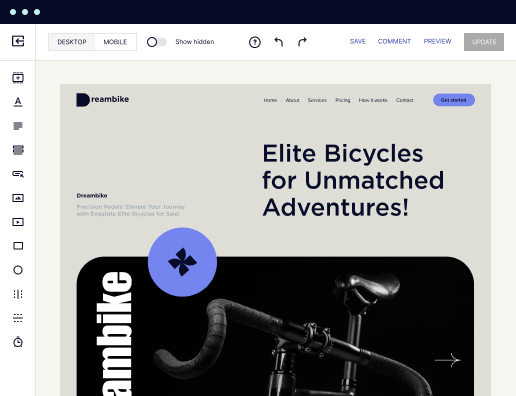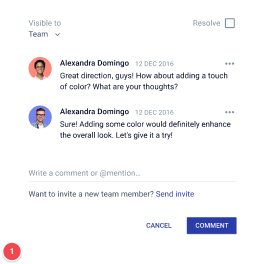Create your awesome database website
Empower your marketing efforts with Instapage's functionality to reduce costs, increase conversions, and deliver personalized landing page experiences.
Build database website: Your ultimate how-to guide
Instapage's functionality page is a dedicated webpage designed to showcase the platform's powerful features and capabilities, empowering marketers to create high-converting landing pages effortlessly.
Key Features of Instapage
- Landing Pages: Build landing pages quickly with 500+ conversion-focused layouts and Instablocks.
- Optimization: Use built-in experimentation features, heatmaps, and A/B tests for higher conversions.
- Personalization: Dynamically deliver personalized content to unique audiences with dynamic text replacement and AdMaps.
- Collaboration: Speed up page production with real-time editing and instant feedback features.
Getting Started with Instapage
- Step 1: Get a free Instapage account and sign up for a free 14-day trial.
- Step 2: Configure your account and provide your company details.
- Step 3: Access your Dashboard, go to Landing Pages, and click Create Page.
- Step 4: Create a landing page from scratch or choose a ready-made template.
- Step 5: Use design tools to customize your page with blocks, images, fonts, and colors.
- Step 6: Save your changes and click Publish to launch your page.
- Step 7: Test, review, and experiment with your pages to optimize performance.
Start creating your awesome database website today with Instapage and experience the power of high-converting landing pages for your online marketing strategy.
Get more out of Create your awesome database website
Improve your Quality Score with quick load technology for landing pages
Increase conversions with content that aligns with your ads and audiences
Achieve maximum ROI by scaling your marketing initiatives
Leading the way in building high-performing landing pages





FAQs
Ready to skyrocket conversions?
Supercharge your ad campaigns with high-performing landing pages.
Get started
